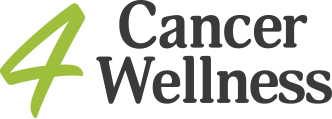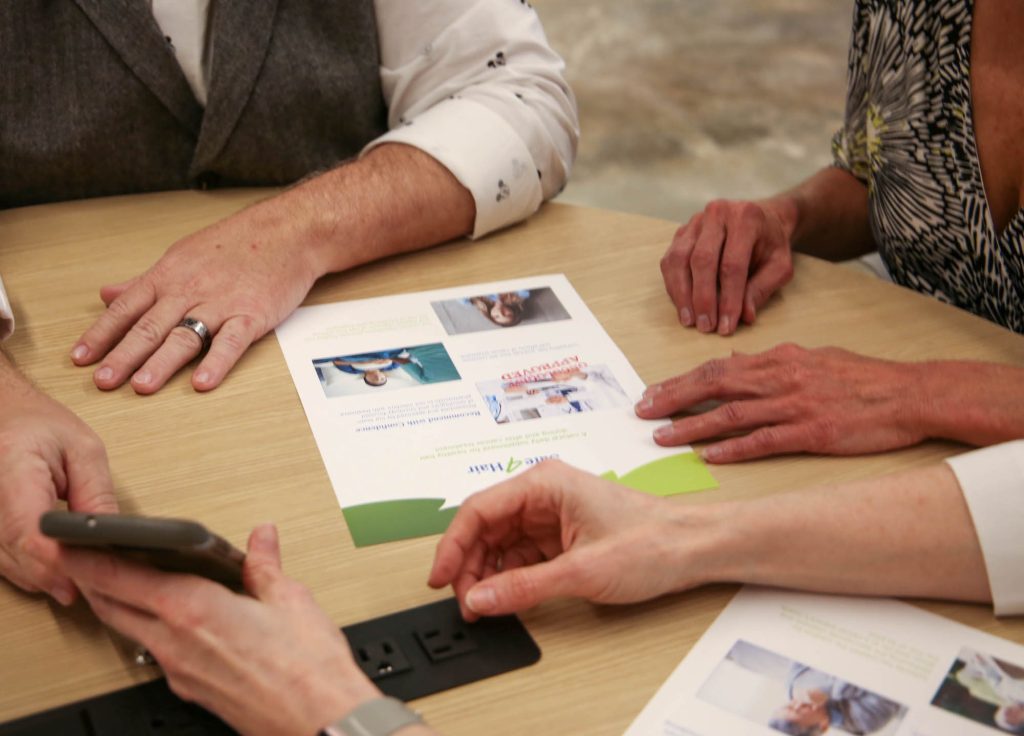4CancerWellness recognizes breast cancer is multifaceted and when addressing the latest advances, requires understanding the different types of breast cancer, which makes this information a lot more straightforward. Below is an overview of the 3 basic types of breast cancer:
1️⃣ The first type is low grade (not aggressive), grows slowly over months or even years, is strongly hormone/estrogen-dependent, and if recurring or advanced, spreads mainly to bones. This type is referred to as Luminal A.
2️⃣ The second type is generally a higher grade, sometimes occurring in younger people and can spread anywhere. If an important gene called HER2 is expressed, it is typically in this type of breast cancer. It’s referred to as Luminal B.
3️⃣ The third and last basic type is Triple Negative Breast Cancer (TNBC), occurring often in young people, spread anywhere like the second type and referred to as Basal.
For further information on understanding the types of breast cancer, read our previous blog ‘3 Basic Types of Breast Cancer’.
Breast Cancer Treatment by Type
The latest and newest treatments for breast cancer are dependent on the type.
The first type is almost always very estrogen-dependent (in basic terms, needs estrogen to survive).
The second type benefits from treatments directed to:
- Estrogen with Anti-estrogen treatments
- Her2 with Anti-HER2 treatments
- Less specific or quite toxic drugs are historically referred to as chemotherapy.
Note: Clarifying “Chemotherapy”
Unfortunately, the topic of chemotherapy can be confusing or misleading…
Historically, we called drugs that killed cells ‘chemotherapy’, hoping to kill cancer cells more than your own cells. This comes with side effects.
In actuality, any medication taken for any disease (ex. diabetes, heart disease, migraines) is considered ‘chemotherapy’.
Now, when your healthcare provider refers to ‘chemotherapy’ they may be referring to any drug that is relevant to your cancer treatment. It’s important to ask your provider for clarification.
TNBC or the last type of breast cancer benefits from the addition of immunotherapy to classic chemotherapy.
Importantly, with advances in diagnosis, understanding risks, and newer treatments, we continue to have higher cure rates and continue to improve life expectancy.
Breast Cancer Treatment Explained
First a couple of observations. We never use placebos for breast cancer drug studies when there are proven treatments that exist.
Second, in advanced cancers, including breast cancer, we now recognize that cancer cells are driven by newly acquired mutations in specific genes. We are also able to identify these mutations from a simple blood test. This type of testing is called Next Generation Sequencing and currently plays a role in advanced cancers that have failed the commonly used treatments. This is very different from tests that look for inherited genetic information called germline testing where we can simply get this from saliva. This is a whole different assessment that instead looks to predict risk of breast cancer before it happens.
Yes, it can seem confusing as we try to explain the role of genetics regarding both cancer risks but also cancer treatment.
Lastly, when addressing breast cancer treatments, it gets confusing, because all cancer drugs are now called chemotherapy even though that is not what people were referring to with the toxic chemotherapies of the late 1900s and early 2000s.
What about drugs that target estrogen, or a gene like HER2, or for that matter immunotherapy? These are clearly not toxic in the same way as historical chemotherapy. Instead, they work by targeting specific genes or helping our own immune system which results in us getting rid of a cancer cell. That is not to say they do not have risks, but clearly, they are very different from historical chemotherapy.
Newer Advances Based on the 3 Types of Breast Cancer…
Type 1 Breast Cancer Treatment Advances
The mainstay of treatment for this very estrogen-dependent slow-growing cancer was a SERM (selective estrogen receptor modulators) but increasingly we now see the widespread use of aromatase inhibitors (AI) given a better safety profile. The latter only works if a woman is in menopause – when you only make estrogen because of a protein called aromatase (we sometimes elect to induce menopause at an early age for these very estrogen-dependent cancers).
Other hormone approaches have been used if failing an AI, such as pure estrogen receptors down-regulator. A more recent advance is the concurrent use of kinase inhibitors called CDK4/6 that improve outcomes in this type of breast cancer and are now being studied when the cancer is found in its earliest stages
Another very early advance is a newer type of PET scan based on trying estrogen for one day (an estradiol challenge) that basically informs if the cancer is still sensitive to Endocrine based treatments. This PET scan uses the isotope, FFNP, and is 100% sensitive and specific (meaning accurately identifies if an anti-estrogen approach would still work).
Another significant area is avoiding the development of anti-estrogen resistance by improved antagonism and degradation of estrogen receptors. We are identifying molecules that more effectively inhibit the degradation of the receptor (we want estrogen receptor to stay expressed: retain estrogen dependence). We are also finding molecules that more effectively travel to the tumor, thus allowing the drug to reach the sensitive tumor cell in higher concentrations.
Finally, an area of research in this type of breast cancer is also understanding the significance of the ESR1 mutation that also leads to AI resistance. Clearly, the future is much brighter for this type of breast cancer and we are focusing on something other than classic chemotherapy.
Type 2 Breast Cancer Treatment Advances
The second type of breast cancer is often higher grade, hormone expressed to some degree and often HER2 expressed. It is also the most varied and evolving type of breast cancer. The major advances in this type of breast cancer are when the cancer over-expresses the gene HER2. We now use commonly a combined HER2 approach with two agents addressing this pathway, but chemotherapy is often still needed to maximize response.
One of the more important advances in this type of breast cancer are the new antibody-drug conjugates as a mechanism of delivering more effective cancer-killing with less toxicity than classic chemotherapy.
Type 3 Breast Cancer Treatment Advances
The third type of breast cancer is often called triple-negative breast cancer (TNBC). One of the most important advances in this type of breast cancer is the understanding that immune-based mechanisms are very helpful, often with less toxicity. Advances in understanding immune-related toxicities and mitigating these toxicities have played an important role.
In November 2020, the FDA approved pembrolizumab for advanced triple-negative breast cancer in combination with chemotherapy. The same goes for atezolizumab and chemotherapy. Immunotherapy has been FDA approved for early-stage TNBC as a neoadjuvant treatment (prior to surgery). This treatment along with chemotherapy resulted in a higher complete remission rate though too early to say, hopefully, better outcomes.
So whichever type of breast cancer you need addressed, advances specific to your type of breast cancer will result in higher cure rates, longer control of recurrent or advanced cancer, and most importantly, less treatment-related toxicity.
We realize you may have other great questions and direct you to some of the most helpful information sites, like Cancer.net, Cancer.gov, NCCN.com or ACS.org.




